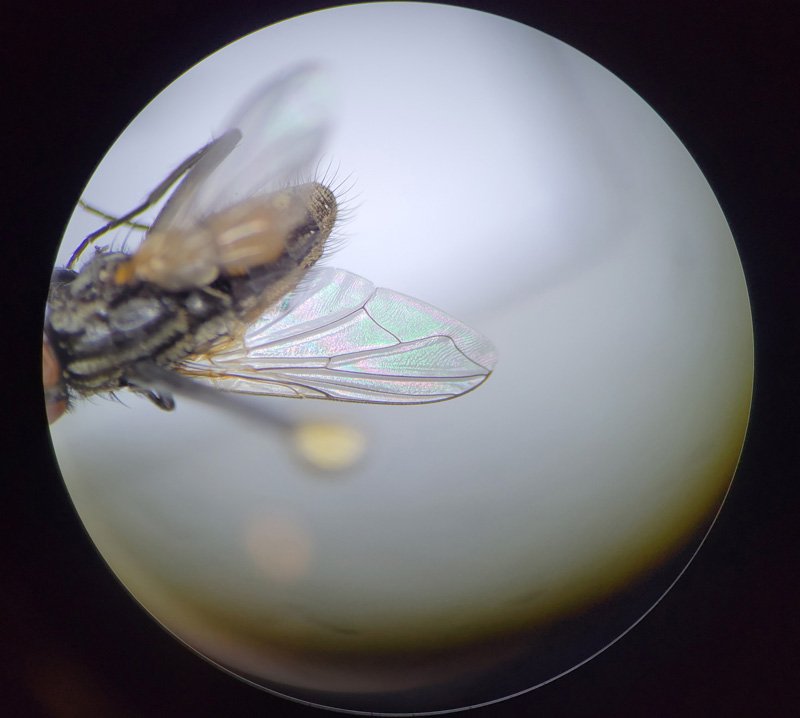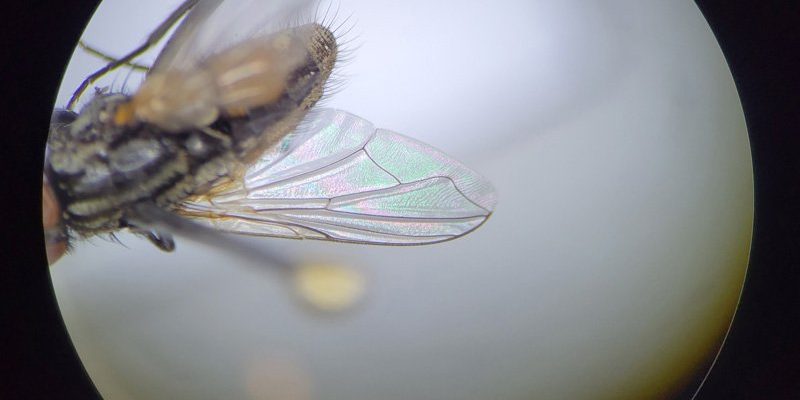
Imagine sitting down for coffee with a friend and chatting about these fascinating creatures. You might discover that many myths about flies have been passed down over generations, often without any scientific backing. Let’s set the record straight and bust some of those myths together, revealing the truth behind these small yet significant members of the insect world.
Myth 1: Flies are Dirty and Disease-Ridden
One of the most common beliefs about flies is that they’re inherently dirty. People often think of them as little disease-carrying machines that spread germs wherever they land. While it’s true that flies can carry bacteria, the reality is a bit more nuanced.
First off, not all flies are created equal. House flies, for example, are known to frequent garbage and waste, which can lead to contamination. However, many other fly species, like hoverflies, are actually beneficial. They help with pollination and don’t typically linger around unsanitary areas. It’s also important to consider that flies have been around for millions of years and have adapted to survive in various environments. Their existence plays a vital role in the decomposition process and pest control, helping to maintain ecological balance.
So, while it’s wise to keep food covered during a picnic to prevent flies from landing, they’re not all out to ruin your meal! It’s a classic case of judging a book by its cover—there’s a lot more to flies than meets the eye.
Myth 2: Flies Only Live for a Day
You might have heard the saying that flies live for only a day, which sounds pretty tragic! In reality, however, the lifespan of a fly varies greatly depending on the species and environmental conditions.
Most house flies, for instance, live about 15 to 30 days, but it can be shorter or longer based on their habitat. Other flies, like fruit flies, have lifespans of about 30 days under ideal conditions as well. Some species in the wild can even live several months, especially if conditions are favorable with food and shelter.
Understanding the actual life cycle of a fly can help you appreciate them more. They start as eggs, then become larvae (or maggots), pupae, and finally adults. Each stage is critical to their growth and role in the ecosystem. So, next time you swat a fly, remember—it’s not just a fleeting presence, but a creature with a story to tell.
Myth 3: Flies Are Attracted to Light
It’s a common belief that flies, like moths, are attracted to light. While it’s true that many flying insects are drawn to light sources, flies often have different preferences.
House flies are primarily attracted to food sources, especially decaying organic matter. That’s why you might find them buzzing around your compost bin or garbage. They’re more interested in scent rather than light, using their keen sense of smell to locate rotting fruits or vegetables.
Understanding what attracts flies can help in managing them more effectively. Instead of focusing solely on eliminating light sources, it’s essential to keep food areas clean, cover trash cans, and dispose of waste properly.
Myth 4: All Flies are Pests
Many people lump all flies into the “pest” category, but this view overlooks the crucial roles they play in nature. While house flies and fruit flies can certainly be bothersome, not all flies fit that bill.
For example, hoverflies and bee flies are considered friendlier insects. They’re excellent pollinators, helping to facilitate the reproduction of various flowering plants. In fact, hoverflies are sometimes mistaken for bees due to their similar appearance. These flies can help increase crop yields, making them invaluable to farmers and gardeners alike.
Also, some flies are natural predators of pest insects, helping to keep pest populations in check. Understanding the distinctions among fly species can help us appreciate their contributions rather than dismissing them all as nuisances.
Myth 5: Fly Swatters Are the Best Solution
The classic fly swatter has become a household staple for dealing with flies. But is it really the most effective method? Here’s the thing—while swatting can provide instant results, it’s not always the best long-term solution.
Flies reproduce quickly, meaning that even if you swat one, there could be dozens more lurking nearby. Instead of relying solely on swatters, consider other strategies. Here are a few effective methods to manage flies:
- Clean Up: Flies are attracted to food and waste. Keeping your home tidy can significantly reduce their presence.
- Use Screens: Installing mesh screens on windows and doors can help keep flies outside while allowing fresh air in.
- Natural Repellents: Essential oils like peppermint, lavender, and eucalyptus can deter flies when used in diffusers or sprays.
By taking a proactive approach, you can effectively manage flies without solely relying on the swatter.
Myth 6: Flies Have No Purpose
Perhaps one of the most misleading myths about flies is that they serve no real purpose in the ecosystem. In truth, flies are like nature’s cleanup crew, playing essential roles that may go unnoticed.
Flies are decomposers, breaking down organic matter and returning nutrients to the soil. Their larvae feed on decaying substances, which helps recycle nutrients in the environment. This is vital for soil health and plant growth, which ultimately supports all forms of life, including humans.
Moreover, some fly species are crucial for pollination, as mentioned earlier. By understanding their ecological significance, we can foster a more harmonious relationship with these often-maligned insects.
Myth 7: You Can’t Train Flies
You might think concerning training flies is a ridiculous concept, but here’s a surprising fact: flies can be trained to respond to certain stimuli. This is particularly evident in laboratory settings, where scientists use fruit flies for research.
Through behavioral conditioning, researchers have found that flies can learn to associate specific cues with rewards. For example, they could associate a sound with the promise of food, showing that they can adapt based on their environment. This ability highlights their intelligence and adaptability more than we give them credit for.
Understanding how flies function can provide insight into their behavior, leading to better management practices in our homes and gardens.
Wrapping Up the Buzz on Flies
Flies often carry a bad reputation, but delving into their world reveals a complex and essential ecosystem component. From pollinators to decomposers, these little insects have stories that deserve to be shared. Rather than seeing them solely as pests, we should recognize their contributions to our environment.
By busting these common myths, we can foster a better understanding of flies, shifting our perspective from annoyance to appreciation. So, next time you see a fly buzzing around, remember that there’s a lot more to it than meets the eye! Let’s embrace the diversity of life, even in the tiniest of packages.

